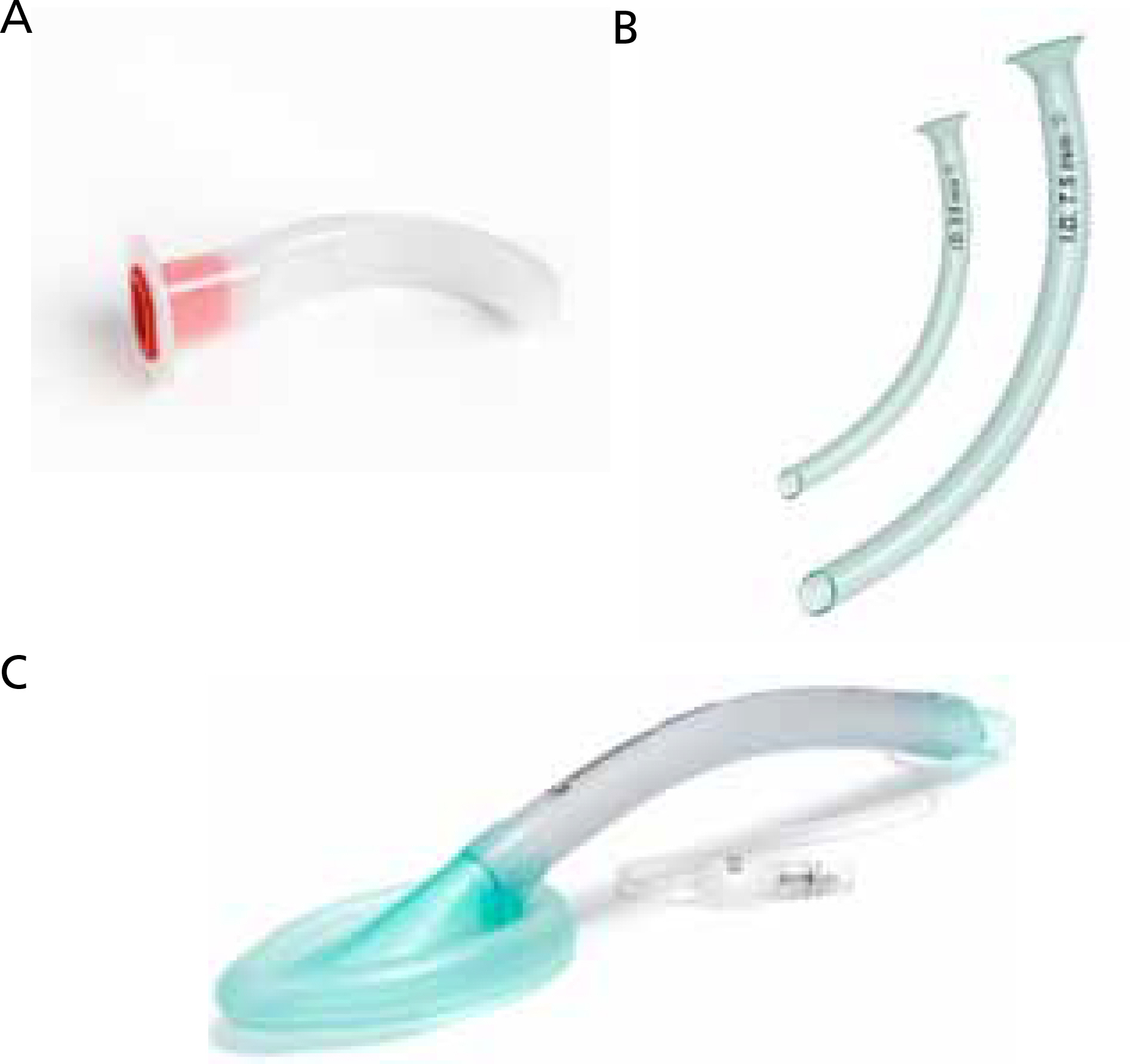 |
 |
- Search
| J Korean Med Assoc > Volume 63(1); 2020 > Article |
|
Abstract
Currently, sedation anesthesia is increasingly used in many medical fields, from gastroscopy to medical imaging. The demand for sedation anesthesia is expected to increase gradually with increasing number of day surgeries and increased expectations from medical services. The demand for sedation anesthesia is considerably higher than the available pool of anesthesiologists; therefore, in a significant number of cases, sedation anesthesia is induced by non-anesthesiologists. However, there is no systematic provision of education or expertise for non-anesthesiologists in delivering sedation anesthesia. In cases of non-anesthesiologists inducing anesthesia, social controversy is often caused by medical accidents and substance abuse. In this review, I have briefly summarized what non-anesthesiologists should know about sedation anesthesia and have presented guidelines simplifying sedation anesthesia for non-anesthesia medical personnel.
Figure 1.
Modified Mallampati classification. Class I: soft palate, fauces, uvula, pillars are visible. Class II: soft palate, fauces, the part of uvula are visible. Class III: soft palate, the bottom of uvula are visible. Class IV: only hard palate is visible. Bair AE, Caravelli R, Tyler K, Laurin EG. Feasibility of the preoperative Mallampati airway assessment in emergency department patients. J Emerg Med 2010;38:677-680. Illustration by Min TJ.
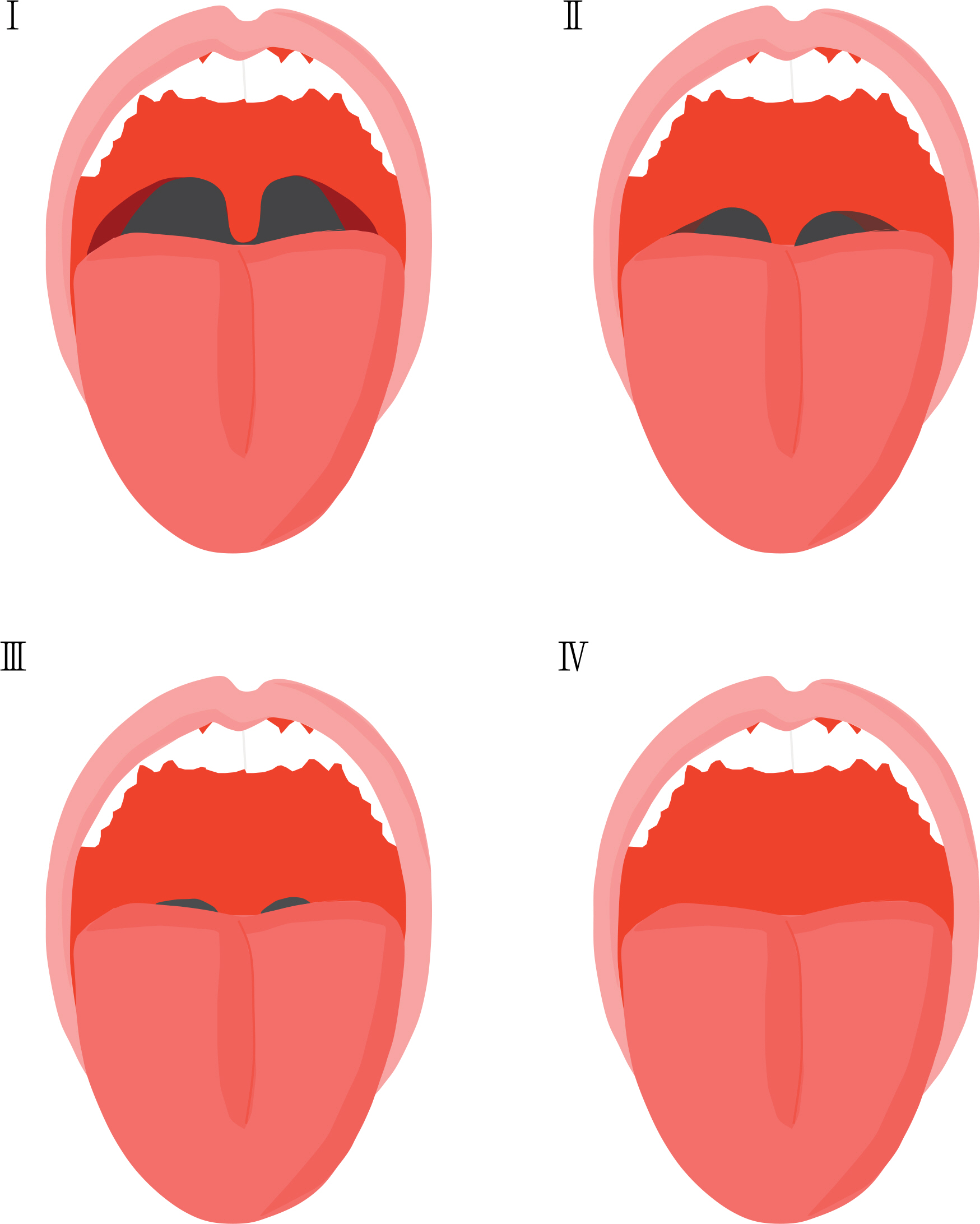
Figure 2.
Anesthetic depth measuring systems. (A) Bispectral index, (B) entropy, (C) schematic diagram for sedation depth, and (D) autonomic indicators.
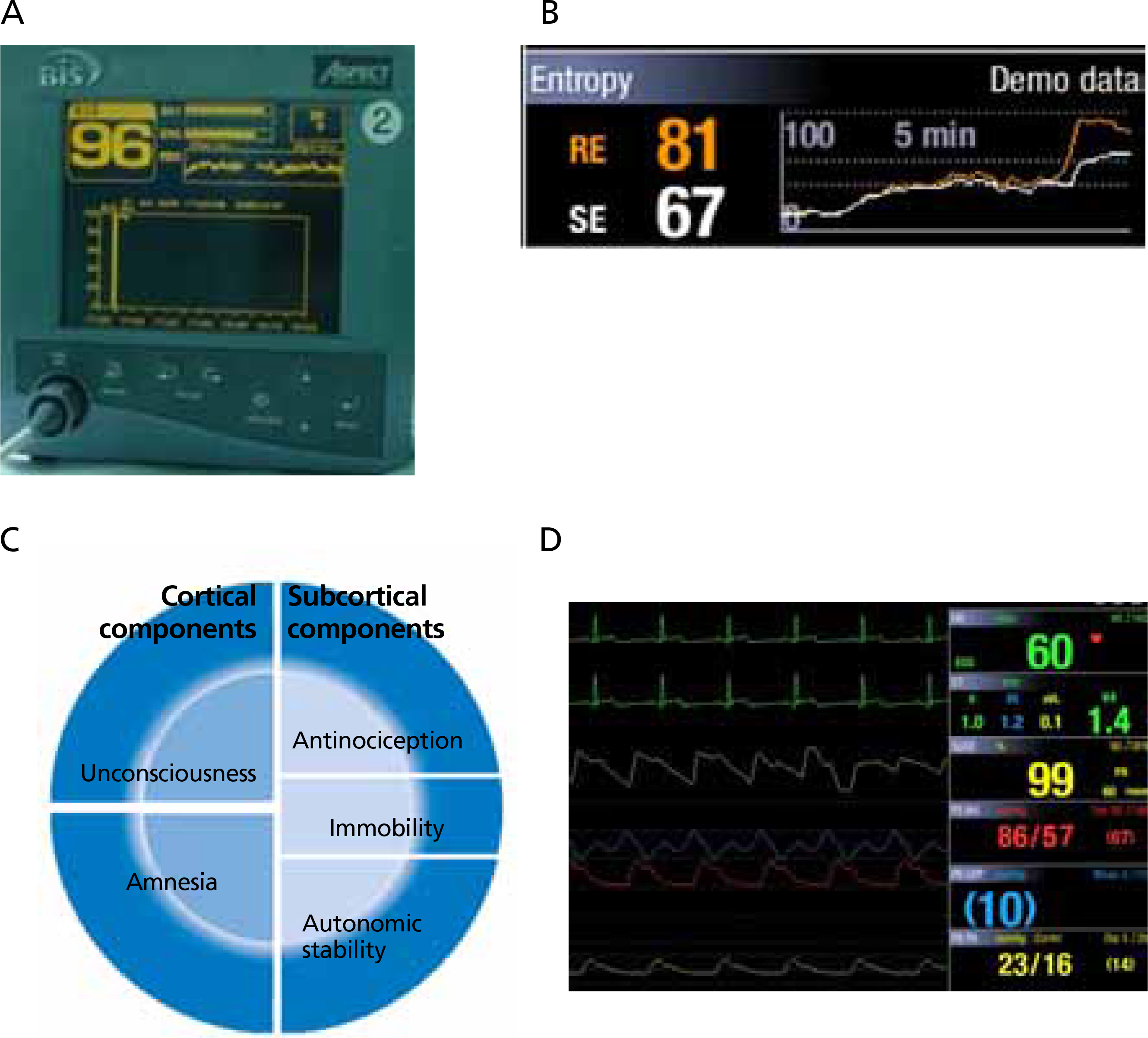
Figure 3.
End-tidal CO2 monitoring device. (A) Mask end-tidal CO2 monitoring device. (B) Nasal prong end-tidal CO2 monitoring device. Illustration by Min TJ.
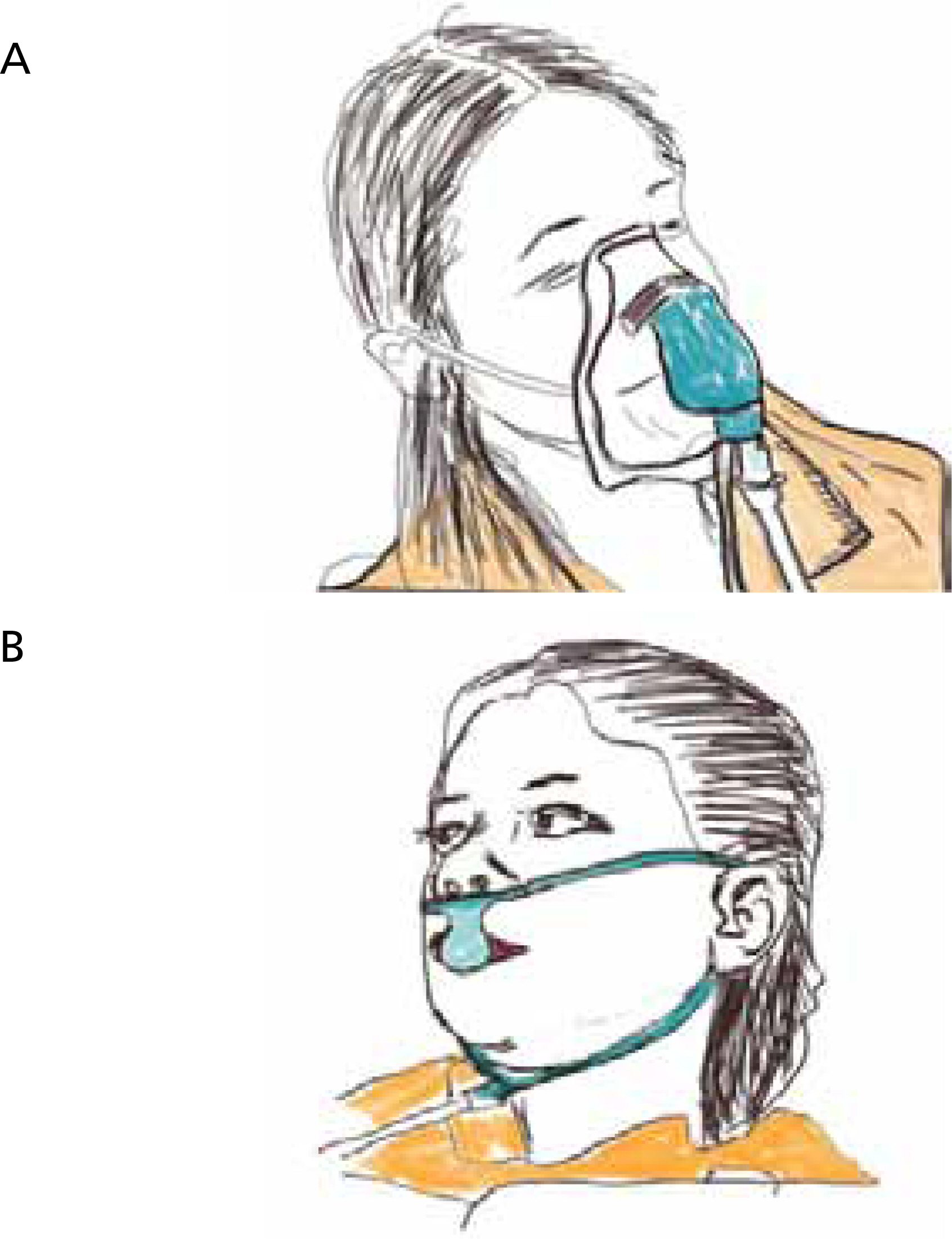
Figure 4.
Airway secure maneuvers. (A) Head tilt chin-lift maneuver. (B) Jaw-thrust maneuver. Pratice Paramedicine, July 5, 2018. Illustration by Min TJ.
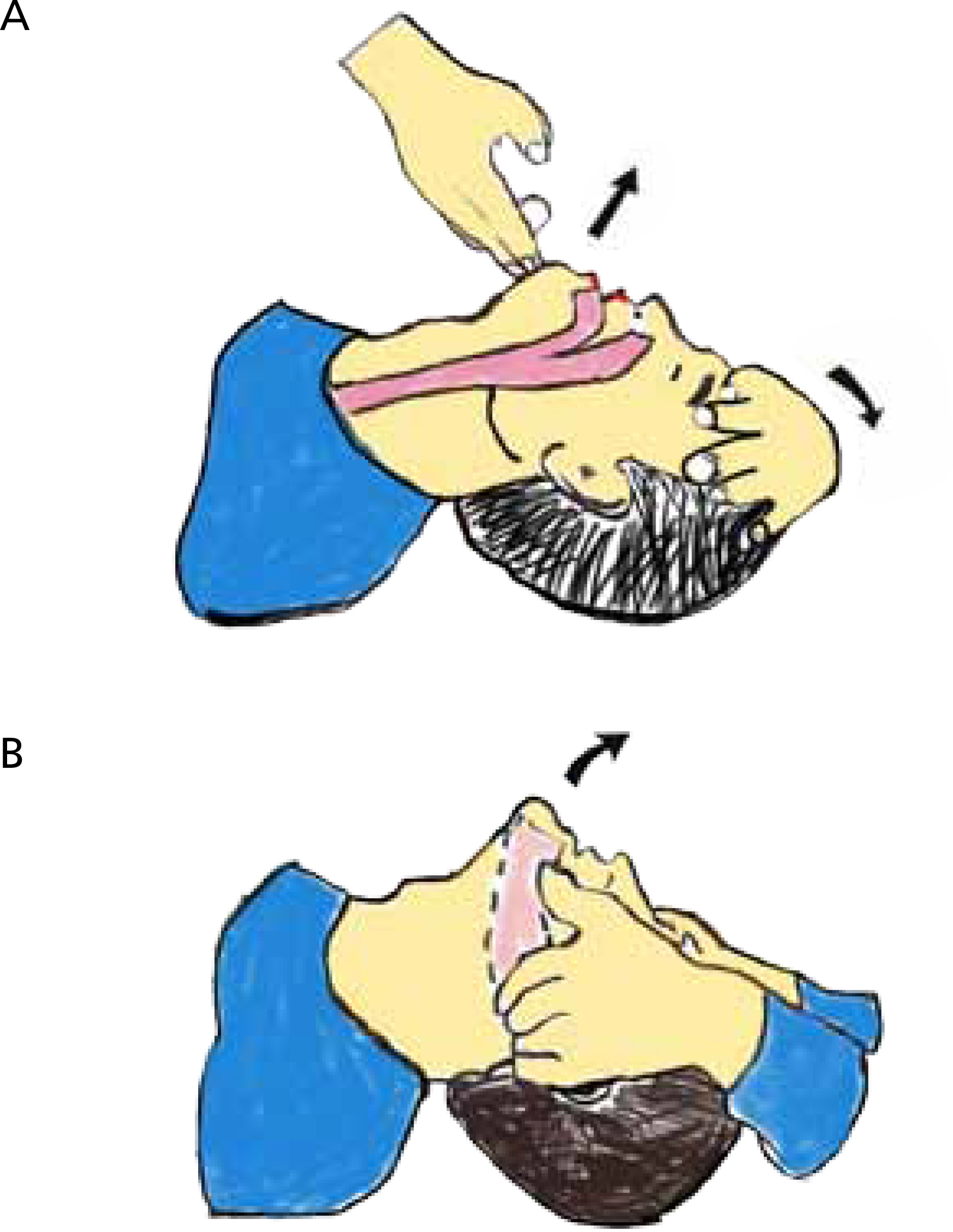
Table 1.
Preliminary checklist for patient sedation
REFERENCES
1. Solomon SA, Kajla VK, Banerjee AK. Can the elderly tolerate endoscopy without sedation? J R Coll Physicians Lond 1994;28:407-410.


2. Schutz SM, Lee JG, Schmitt CM, Almon M, Baillie J. Clues to patient dissatisfaction with conscious sedation for colonoscopy. Am J Gastroenterol 1994;89:1476-1479.

3. American Society of Anesthesiologists Task Force on Sedation and Analgesia by Non-Anesthesiologists. Practice guidelines for sedation and analgesia by non-anesthesiologists. Anesthesiology 2002;96:1004-1017.



4. Dewdney C, MacDougall M, Blackburn R, Lloyd G, Gray A. Capnography for procedural sedation in the ED: a systematic review. Emerg Med J 2017;34:476-484.


5. Addison PS. A review of signal processing used in the implementation of the pulse oximetry photoplethysmographic fluid responsiveness parameter. Anesth Analg 2014;119:1293-1306.


6. Polster MR, Gray PA, OʼSullivan G, McCarthy RA, Park GR. Comparison of the sedative and amnesic effects of midazolam and propofol. Br J Anaesth 1993;70:612-616.


7. Shafer SL. Advances in propofol pharmacokinetics and pharmacodynamics. J Clin Anesth 1993;5((6 Suppl 1):14S-21S.


8. Barr J, Egan TD, Sandoval NF, Zomorodi K, Cohane C, Gambus PL, Shafer SL. Propofol dosing regimens for ICU sedation based upon an integrated pharmacokinetic-pharmacodynamic model. Anesthesiology 2001;95:324-333.



9. Fellows IW, Byrne AJ, Allison SP. Adrenocortical suppression with etomidate. Lancet 1983;2:54-55.


10. Venn RM, Karol MD, Grounds RM. Pharmacokinetics of dexmedetomidine infusions for sedation of postoperative patients requiring intensive caret. Br J Anaesth 2002;88:669-675.

11. Tan JA, Ho KM. Use of dexmedetomidine as a sedative and analgesic agent in critically ill adult patients: a metaanalysis. Intensive Care Med 2010;36:926-939.



12. Maze M, Scarfini C, Cavaliere F. New agents for sedation in the intensive care unit. Crit Care Clin 2001;17:881-897.


13. Okamoto GU, Duperon DF, Jedrychowski JR. Clinical evaluation of the effects of ketamine sedation on pediatric dental patients. J Clin Pediatr Dent 1992;16:253-257.

14. Min JY, Lee JR, Kim HI, Byon HJ. Factors affecting determination of the optimal ketamine dose for pediatric sedation. Clin Exp Emerg Med 2019;6:119-124.




15. Yang TY, Lee TK, Choi JH, Woo SH. Non-general anesthesia for the correction of pediatric trigger thumbs. Arch Hand Microsurg 2019;24:10-16.


16. Slavik VC, Zed PJ. Combination ketamine and propofol for procedural sedation and analgesia. Pharmacotherapy 2007;27:1588-1598.


17. Egan TD, Huizinga B, Gupta SK, Jaarsma RL, Sperry RJ, Yee JB, Muir KT. Remifentanil pharmacokinetics in obese versus lean patients. Anesthesiology 1998;89:562-573.



- TOOLS




